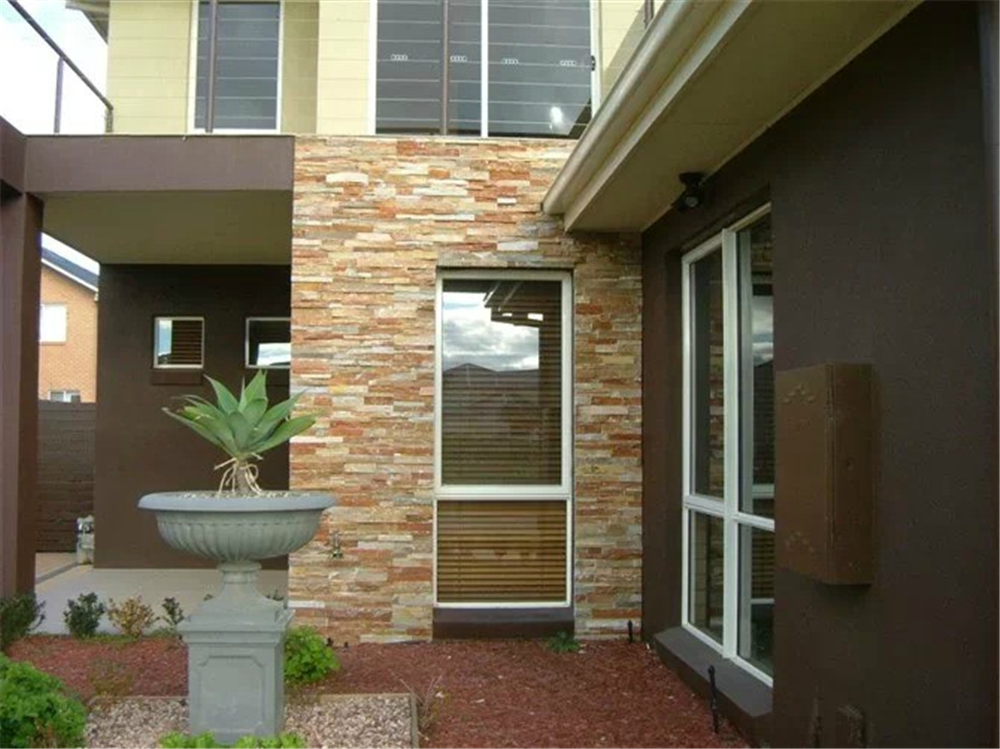Introduction:
Greek architecture has long been admired for its grandeur, beauty, and enduring influence on Western design. The iconic structures of ancient Greece, such as the Parthenon and the Acropolis, continue to captivate and inspire architects, designers, and homeowners alike. One way to incorporate the timeless elegance of Greek architecture into modern spaces is through the use of Greek-inspired cultured stone. In this article, we will explore the history of Greek architecture, the characteristics of Greek-inspired cultured stone, its applications in contemporary design, and the benefits of using this versatile material.
History of Greek Architecture:
Greek architecture, dating back to the 8th century BC, is characterized by its emphasis on harmony, proportion, and balance. step stone were pioneers in architectural design, creating monumental structures that showcased their mastery of engineering and aesthetics. Some of the key features of Greek architecture include columns, entablatures, pediments, and friezes, all of which were used to create visually striking and structurally sound buildings.
The Greeks also developed a variety of construction techniques, such as the use of limestone, marble, and terracotta, to create durable and beautiful buildings that have stood the test of time. The temples of ancient Greece, with their intricate carvings, elegant columns, and dramatic facades, remain some of the most iconic examples of Greek architecture.
Characteristics of Greek-Inspired Cultured Stone:
Greek-inspired cultured stone is a modern building material that captures the essence of Greek architecture while offering the benefits of durability, versatility, and affordability. Cultured stone is made from a mixture of natural aggregates, cement, and pigments, which are molded and colored to resemble natural stone. The result is a lightweight and easy-to-install material that can be used in a variety of applications, from exterior facades to interior accent walls.
One of the key characteristics of Greek-inspired cultured stone is its ability to mimic the look and feel of traditional Greek building materials, such as limestone and marble. The texture, color, and veining of cultured stone can be customized to create a wide range of finishes that evoke the elegance and sophistication of ancient Greek architecture. Whether you prefer the smooth, polished look of marble or the rugged, weathered appearance of limestone, Greek-inspired cultured stone can be tailored to suit your design preferences.
Applications in Contemporary Design:
Greek-inspired cultured stone can be used in a variety of contemporary design applications to add a touch of classical elegance and sophistication to any space. One popular use of cultured stone is in the construction of exterior facades for residential and commercial buildings. The rich textures and warm tones of Greek-inspired cultured stone can create a striking and inviting facade that stands out from the surrounding landscape.
In interior design, Greek-inspired cultured stone can be used to create accent walls, fireplace surrounds, and architectural details that add depth and character to a space. The versatility of cultured stone allows designers to experiment with different textures, patterns, and colors to achieve a custom look that complements the overall design aesthetic. Whether you are aiming for a modern, minimalist look or a more traditional, classical style, Greek-inspired cultured stone can be tailored to fit your vision.
Benefits of Using Greek-Inspired Cultured Stone:
There are several benefits to using Greek-inspired cultured stone in architectural and design projects. One of the main advantages of cultured stone is its durability and low maintenance requirements. Unlike natural stone, which can be prone to cracking, chipping, and staining, cultured stone is resistant to wear and tear, making it a long-lasting and cost-effective building material.
Another benefit of Greek-inspired cultured stone is its versatility and ease of installation. Cultured stone can be molded into a variety of shapes and sizes to accommodate different design requirements, and it can be installed quickly and efficiently by skilled craftsmen. This makes cultured stone an ideal choice for both new construction projects and renovations where time and budget constraints are a concern.
Additionally, Greek-inspired cultured stone is a sustainable building material that is environmentally friendly and energy efficient. Cultured stone is made from natural and recycled materials, reducing the environmental impact of construction projects. Furthermore, the lightweight nature of cultured stone means that it requires less energy to transport and install compared to natural stone, making it a more eco-friendly choice for architects and builders.

Conclusion:
Greek-inspired cultured stone offers a modern interpretation of the timeless elegance and sophistication of Greek architecture. With its ability to mimic the look and feel of traditional Greek building materials, its versatility in design applications, and its numerous benefits in terms of durability, affordability, and sustainability, Greek-inspired cultured stone is a popular choice for architects, designers, and homeowners looking to incorporate classical elements into contemporary spaces. Whether used in exterior facades, interior accent walls, or architectural details, Greek-inspired cultured stone can add a touch of history and grandeur to any design project.
